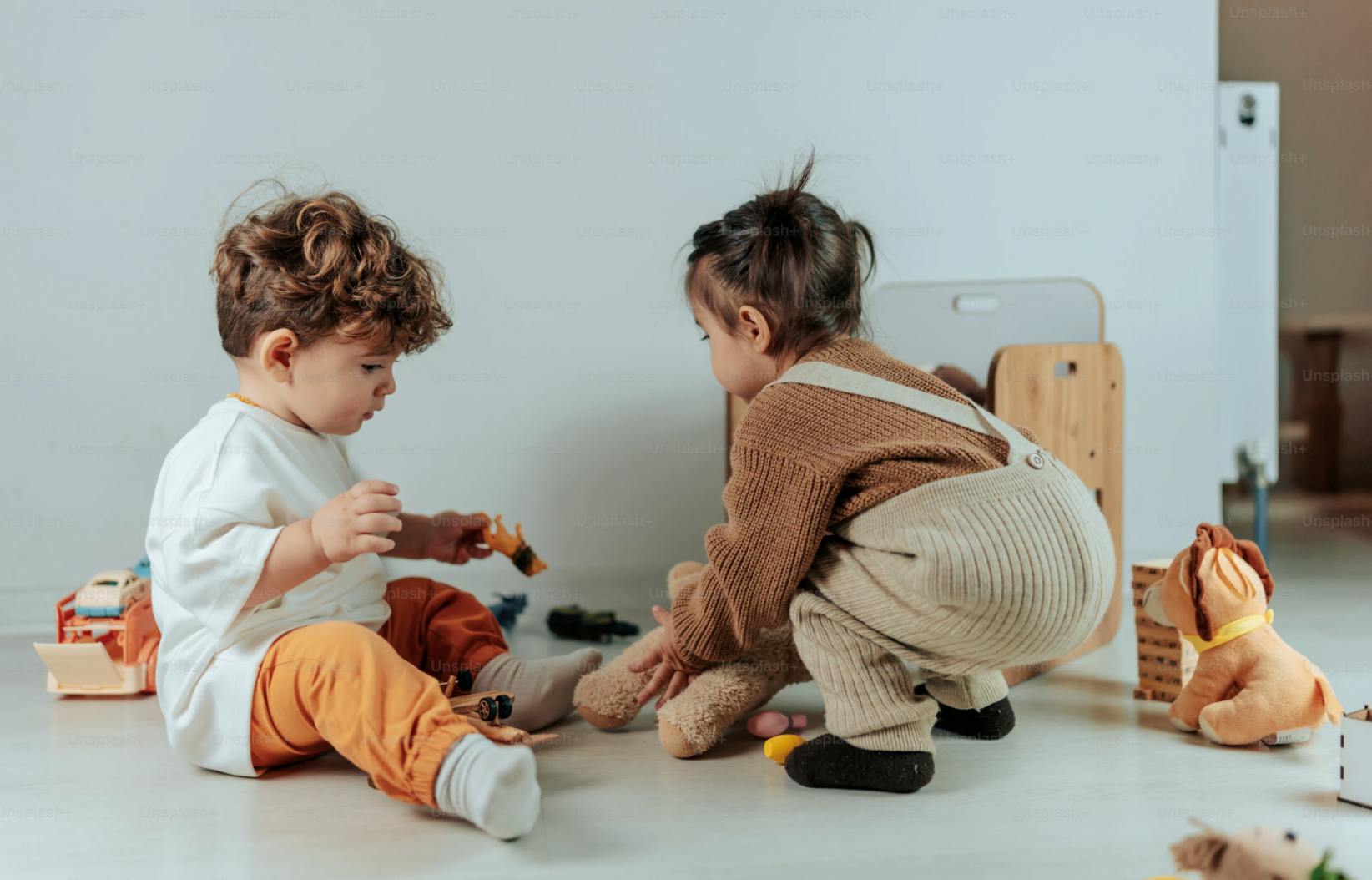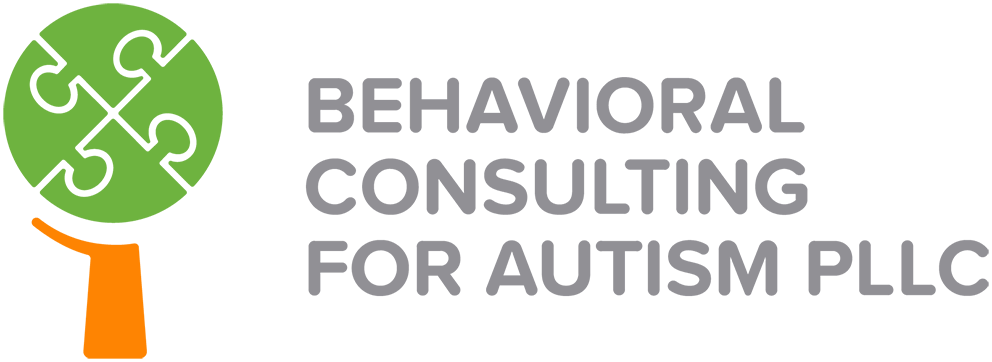The Role of Play in ABA Therapy

It's great to see you here again! Today, we're exploring a crucial aspect of Applied Behavior Analysis (ABA) therapy that often brings smiles and joy to our sessions: play. Play is not just a fun activity; it is a powerful tool in ABA therapy, especially for children. In this post, we'll discuss the importance of play, how it is integrated into ABA, and the benefits it brings to your child's development.
Why Play is Important
Play is a natural way for children to learn and explore the world around them. It promotes cognitive, physical, social, and emotional development. Through play, children develop critical skills such as problem-solving, communication, and social interaction. For children with autism spectrum disorder (ASD), play can be a gateway to learning new behaviors and skills in a motivating and enjoyable way.
Integrating Play into ABA Therapy
- Structured Play: In ABA therapy, structured play involves using specific toys or activities to target particular skills. For example, a therapist might use a favorite toy to teach a child how to request items, follow instructions, or take turns. Structured play is designed to be engaging and fun while focusing on specific goals.
- Naturalistic Play: This approach involves incorporating learning opportunities into everyday play activities. By following the child's lead and interests, therapists can create a natural learning environment where new skills are taught and reinforced in a way that feels spontaneous and enjoyable for the child. The beauty in these environments is the therapist can contrive scenarios to incorporate targeted skills into.
- Social Play: Social play activities are designed to enhance social skills, such as sharing, cooperating, and engaging in group activities. These skills are essential for building friendships and interacting with peers.
Benefits of Play in ABA Therapy
- Increased Motivation: Playful activities are inherently motivating for children. When therapy sessions are enjoyable, children are more likely to participate actively and make progress toward their goals.
- Skill Generalization: Skills learned during play are more likely to be generalized to other settings, such as home or school. This means that the child can use the skills they learn in therapy in real-life situations.
- Enhanced Social Skills: Through play, children practice important social skills in a safe and supportive environment. This helps them develop the confidence and ability to interact with others.
- Improved Communication: Play provides numerous opportunities for children to practice and enhance their communication skills, whether through verbal language, gestures, or other forms of expression.
Tips for Caretakers
As caretakers, you play a vital role in your child's development through play. Here are some tips to incorporate play into your daily routine:
- Follow Your Child's Interests: Choose activities and toys that your child enjoys. This will make playtime more engaging and meaningful for them.
- Be an Active Participant: Join in the play and model appropriate behaviors. Your involvement shows your child that play is important and fun.
- Create Play Opportunities: Set aside time each day for play. Whether it's a few minutes or a longer session, consistent playtime helps reinforce skills.
- Encourage Social Interaction: Arrange playdates or group activities with other children to provide opportunities for your child to practice social skills.
In our upcoming posts, we'll continue to explore various aspects of ABA therapy and provide practical tips for everyday life. Play is just one of the many tools we use to help children develop essential skills and reach their full potential.
Thank you for being a part of our community. If you have any questions or topics you'd like us to cover, please reach out to us directly at deepika@behavioralconsultingnc.com . We're here to support you every step of the way!
Warm Regards,
Deepika Bhamidipati
Deepika Bhamidipati
